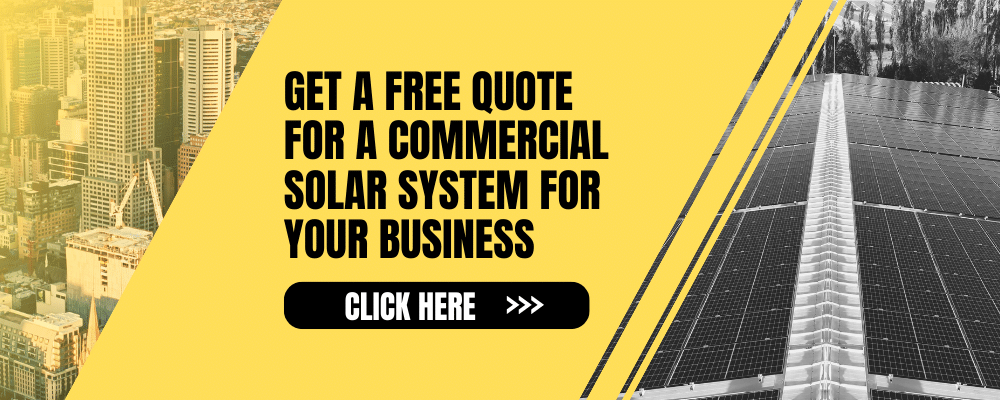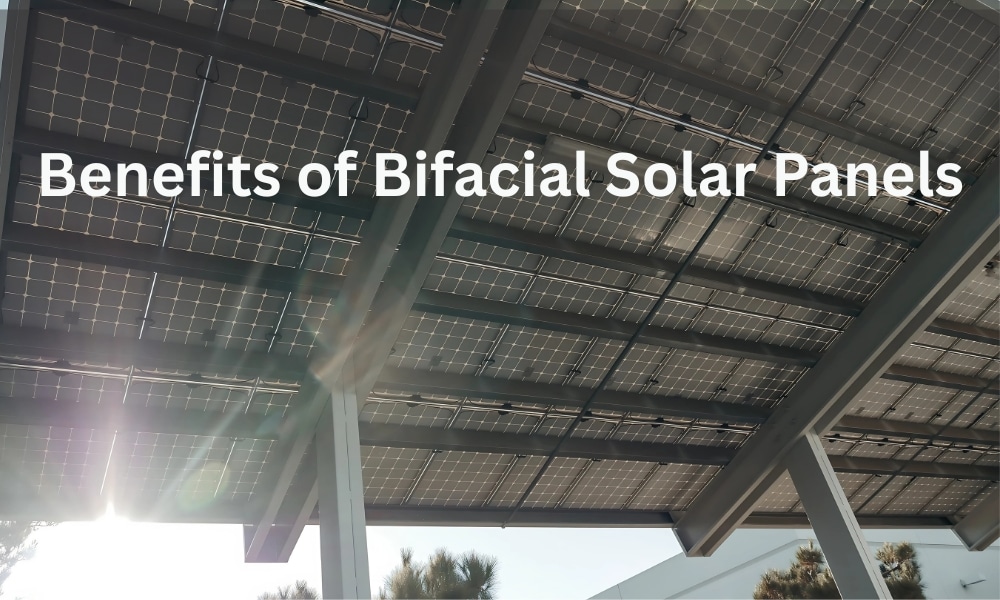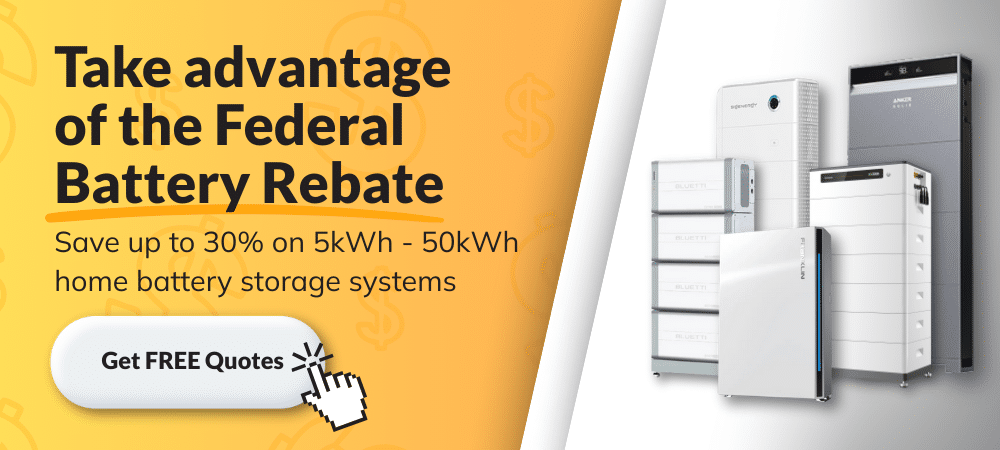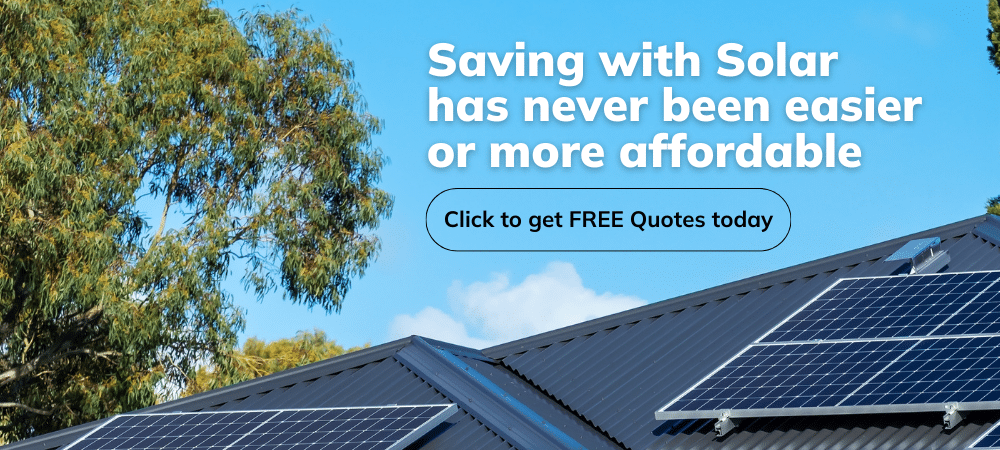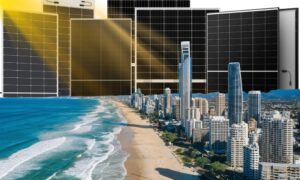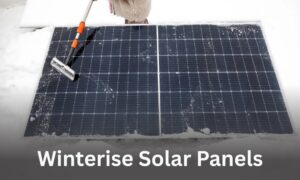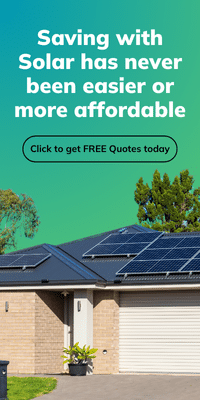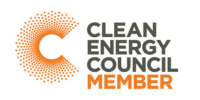As Australia’s demand for renewable energy surges, bifacial solar panels are emerging as a game-changer for residential and commercial solar systems. These dual-sided solar panels harness sunlight from both the front and rear sides, improving efficiency and power generation. In this guide, we’ll explore the major benefits of bifacial solar panels in Australia, their applications, and why they’re becoming a popular choice for savvy solar adopters.
What are bifacial solar panels?
Bifacial solar panels are a type of photovoltaic (PV) technology designed to absorb light from both sides of the panel. Unlike traditional monofacial panels, which capture sunlight only from the front, bifacial solar panels utilise reflected light from the ground or nearby surfaces.
The rear side of the panel, typically made from a transparent material such as glass, captures both ambient and reflected sunlight. This added exposure boosts energy yield, making them highly efficient for Australia’s sun-drenched environment.
Why choose bifacial solar panels in Australia?
Australia’s geography and climate make it an ideal candidate for adopting dual-sided solar panels. Here’s why:
- High solar irradiance: Solar irradiance is abundant throughout the year, allowing Australians to utilise both direct and reflected solar energy to their full potential.
- Great for reflective surfaces: Many homes and commercial buildings have light-coloured roofs or reflective surfaces that help increase rear-side energy capture.
- Optimised performance in open areas: Bifacial panels work exceptionally well in ground-mounted installations and carports, which are common in rural and industrial zones.
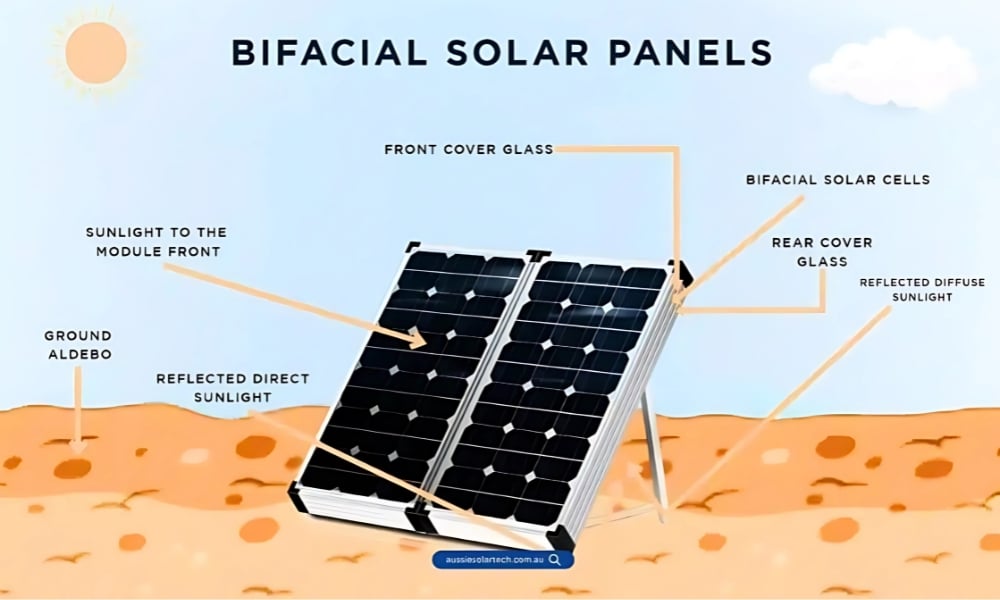
Key benefits of bifacial solar panels
Let’s break down the major advantages of adopting bifacial solar panels in Australia:
1. Enhanced energy efficiency
Bifacial panels typically produce 5–20% more energy than traditional solar panels under the right conditions. This is especially useful in Australia’s wide-open spaces, where reflected light from sand, concrete, or metal roofs is abundant.
- The front side absorbs direct sunlight.
- The rear side captures diffused and reflected light.
This dual-source approach means higher energy output without increasing panel footprint.
2. Ideal for Australian ground conditions
Australia’s landscape often features reflective surfaces, such as dry soil, sand, or white pebbles. These materials reflect light onto the back of the panel, enhancing performance.
- Coastal and desert regions benefit greatly.
- Agrivoltaic systems using gravel or reflective mulch can increase rear-side exposure.
3. Longer lifespan and durability
Many dual-sided solar panels are constructed with glass-glass layers, making them more durable than conventional modules. This construction is:
- Resistant to weathering and UV degradation.
- Better able to withstand harsh Australian conditions, such as dust storms, high temperatures, and hail.
4. Reduced Levelised Cost of Energy (LCOE)
Because bifacial panels produce more electricity over their lifetime, the Levelised Cost of Energy (LCOE) — the cost of energy per unit — is reduced.
- A lower LCOE means a faster return on investment (ROI).
- Suitable for residential, commercial, and utility-scale systems.
Best use cases for dual-sided solar panels in Australia
Bifacial panels work best in specific settings that maximise reflected light. Here are the top applications in the Australian context:
1. Ground-mounted solar farms
Australia’s large-scale solar farms often use ground-mounted systems in open fields. Installing bifacial solar panels in these areas:
- Increases overall system output.
- Reduces land usage per kWh generated.
2. Commercial rooftops and carports
Reflective concrete rooftops and steel carport structures are ideal for dual-sided solar panels.
- Excellent for warehouses, shopping centres, and office buildings.
- Carport applications offer dual utility: providing shade and generating power.
3. Agrivoltaic systems
In agriculture, bifacial solar panels can be raised above crops, allowing light to pass through and reflect upward from the soil.
- Encourages efficient land use.
- Enhances crop productivity and energy yield.
Are bifacial solar panels worth the investment?
Consider these factors and check our page for our recommended solar products.
- Upfront costs: Bifacial panels are generally more expensive per unit than traditional monofacial ones. However, the increased energy output can offset this in the long run.
- Installation requirements: Proper design is crucial. For optimal performance:
- Panels should be elevated.
- Surface beneath the panel should be reflective.
- Spacing and tilt angles must be adjusted.
- Payback period: In areas with high solar exposure and reflective conditions, the payback period can be significantly shorter than with standard panels.
Challenges and considerations
While bifacial panels offer many benefits, it’s essential to understand some challenges before making the switch.
- Shading sensitivity: Rear-side shading — from buildings, vegetation, or mounting frames — can reduce performance.
- Complex design: Engineering bifacial systems is more complex and may require advanced modelling tools and skilled installers.
- Limited compatibility with certain roofs: Homes with dark, low-reflectivity roofs may not fully benefit from rear-side production.
Despite these, when installed correctly, bifacial solar panels in Australia outperform conventional panels in most open and semi-reflective environments.
How much extra energy can you expect?
Under optimal conditions, bifacial panels can provide a gain of:
- 5–10% in standard rooftop installations with minimal rear reflection.
- 10–20% in optimised ground-mounted systems with high albedo (reflectivity) surfaces like sand, gravel, or white concrete.
- Even higher in snowy or highly reflective regions (though less applicable in Australia).
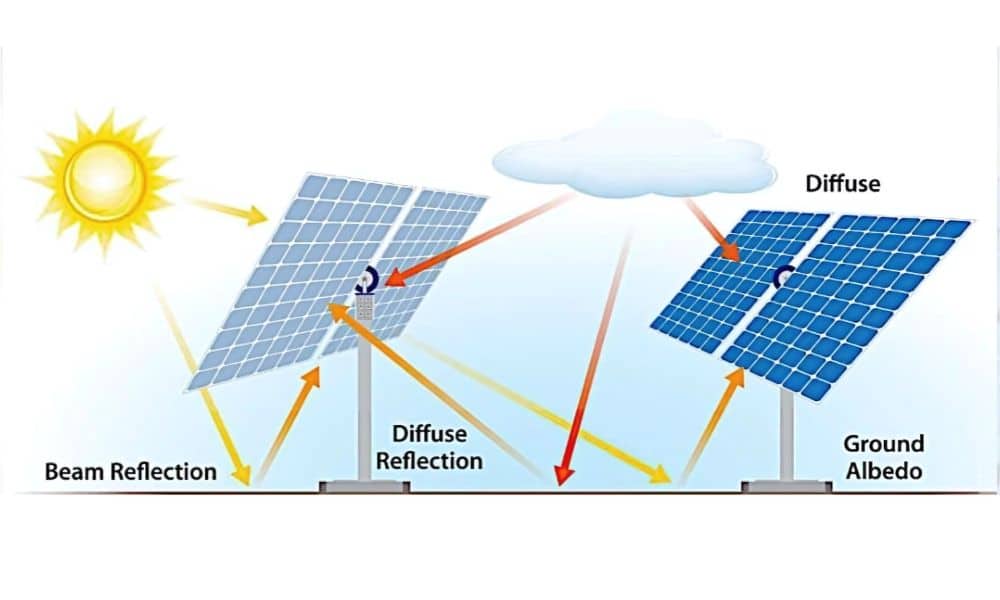
Sustainability and aesthetic appeal
Not only are bifacial solar panels functional, but they also have a sleek and modern appearance. Their transparent backing can be visually striking, particularly in architectural projects.
- Transparent modules are well-suited for use in sunshades, facades, or pergolas.
- Enhances sustainability goals for homes and businesses.
This dual purpose — aesthetics and efficiency — makes them a perfect fit for forward-thinking Australian homeowners and architects.
Should you go bifacial?
If you’re located in an area with high sunlight and reflective surroundings, bifacial solar panels are an excellent investment. They offer higher efficiency, better aesthetics, and long-term savings. From solar farms to carports, this technology is transforming how Australians capture and utilise solar energy. Their ability to generate more power, coupled with enhanced durability, makes them an intelligent investment for anyone considering solar energy.
Energy Matters: Your partner in solar innovation
Don’t miss out on the incredible advantages of dual-sided solar panels. Take the smarter path to solar with Energy Matters. Whether you’re upgrading your home, business, or large-scale project, our expert team is ready to help you explore the benefits of bifacial solar panels in Australia.
Contact Energy Matters today for a free, no-obligation quote and explore the best bifacial solar panel solutions tailored for your Australian home or business. Get free solar quotes today and power your future with dual-sided solar panels!










